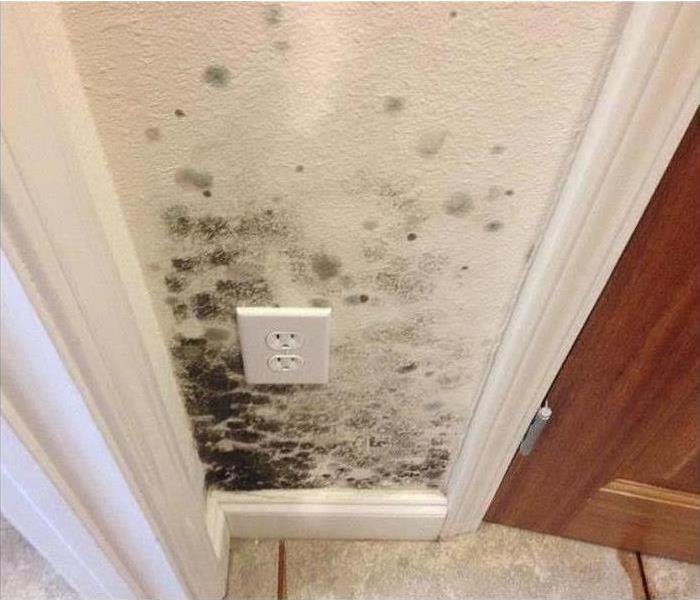3 Facts About Secondary Damage
9/23/2020 (Permalink)
Secondary Damage After Water Damage
After a flood, the direct contact with the water causes the initial damage. Unfortunately, when your business floods, this will not be your only concern. Secondary damage is a complex concept. It involves any damage that occurs after the initial problem. For instance, once the water is gone, it does not mean that there will not be further trouble.
1. Mold, Bacteria, and Fungi Growth
The biggest concern that most people have after a flood is the mold growth. This is especially a concern when it comes to black mold. A strong cleanup is the best defense against mold. Make sure you do not have any water trapped or moisture left in the air. Time is of the essence when it comes to mold. Not only do you need to make sure that the main flow of water is gone but the moisture should no longer linger in the air.
2. Structural Decay
The high humidity in the air can cause structural decay to start taking place. This is why it is important for you to remove every sign of water from your business after it floods. Make sure to use cool air to dry out the building. This can help rid the air of moisture that causes decay and black mold. Structural damage is difficult to come back from. In fact, there are cases that are irreversible.
3. Wood Warping
After a flood, you may notice the wood floor warping. Additionally, you may notice the curving of a stairwell or the exterior and interior doors warping. These are symptoms of secondary damage. When this happens, you can end up with a security risk to your business.
Fortunately, black mold, structural decay, and wood warping are preventable. Professionals trained to handle commercial flood damage will know how to prevent any future problems from arising. Once you have an expert in your corner, your Oklahoma City business can return to normal.





 24/7 Emergency Service
24/7 Emergency Service
